Gardeners instinctively know that flowers and plants are a continuum and that the wheel of garden history will always be coming full circle.
– Francis Cabot Lowell
There is something magical about a roof garden. Parks and backyard gardens are wondrous places, but when they are placed high above the earth on a rooftop, where they are not supposed to be, the experience becomes invigorating and unforgettable. In a roof garden, the air seems fresher, the grass appears greener, the city feels further away than it actually is.
From the beginning of recorded history, people have been building gardens on their roofs. From the famous Hanging Gardens of Babylon to the Rockefeller Centre in New York, the roof garden has been a part of civilized society. Roof gardens have been used as extensions of living rooms, displays of wealth and social status, gathering grounds for the elite, and places to escape the summer heat. They have also been used as insulation, a means of flood control, a place to grow food, and as camouflage. Green roofs have been an essential feature of vernacular architecture and in many instances has been vital to human survival. “Modern” civilisation is slowly rediscovering the astonishing benefits of vegetated roofs.
The Ziggurats of Ancient Mesopotamia
The earliest known record of roof gardens are the ancient ziggurats of Mesopotamia. These massive stone structures were built between 4,000 – 600 BC. A series of stairs along the outside perimeter of the stepped pyramid provided access to the various tiers of the structure. As there were no interior rooms, trees and flowers on each terrace of the enormous ziggurats would provide a cool, shady place for the visitor to rest from the blazing Babylonian sun. The best preserved example of a ziggurat roof garden is found in Nanna, built by the first king of the Ur Dynasty, Ur-Nammu (who ruled from 2,113 – 2,095 BC) in an attempt to out do the splendor of the ziggurat Etemenaki, believed to be the Biblical Tower of Babel which had a base of 100 feet and was over 100 feet tall. The 700 room palace was protected by the Ishtar Gate, found in present day Iraq. Fragments of the gate are kept at the Pergamonmuseum in Berlin, Germany.
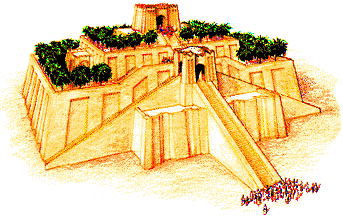 |
| A ziggurat which closely resembles that in Nanna built by the first king of the Ur Dynasty, Ur-Nammu. The tiers of trees provided shade from the blazing Babylonian sun. |
The Hanging Gardens of Babylon
The Hanging Gardens of Babylon are one of the Seven Wonders of the Ancient World and perhaps the most famous of roof gardens. King Nebuchadnezzar, a famous general in his time, built the Hanging Gardens for his wife, Amytis, who longed for her mountainous homeland of Media. The ziggurat had a 400 ft2 base, with landscaped terraces eventually reaching the grand roof garden at the top, 75 feet above the ground. It was an engineering marvel, a living mountain in the middle of a desert. The terraced layout explains the phrase “hanging garden,” where the vegetation hung over the walls to the level below.
The weight of the garden was supported by a series of arcades whose walls were sixteen feet thick. The garden was watered through a complex irrigation system fed by “machines” hidden from public view that pumped water from the river Euphrates eighty feet below to the top of the roof garden. The structure supported a forest of trees, exotic plants, wildlife, and perpetually green grass. Some trees grew to be as tall as 50 feet.
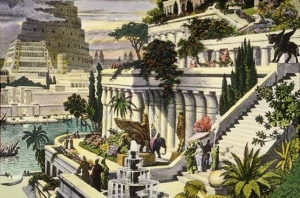 |
| Artist’s rendition of the Hanging Gardens of Babylon, one of the Seven Wonders of the Ancietnt World. |
The Villa of Mysteries, Pompeii
Little was known about Roman day to day life until the accidental discovery of the city of Pompeii, near Naples, in 1749. Pompeii was covered in thirteen to twenty feet of ash and pumice from the volcanic eruption of Mt Vesuvius in AD 79, preserving almost perfectly for all time the people, activities, and lifestyle of the Roman town like a candid snapshot from a Polaroid Instamatic. From this snapshot archaeologists have discovered that roof gardens were an essential part of Roman life. They were an extension of the living room, a place to seek refuge from the heat, a place to socialize and to dine. One such roof garden was found in the Villa of Mysteries, near the northwest gate of Pompeii on the road to Herculaneum. The Villa was a U-shaped terraced arcade where plants were grown directly in the soil on the roof.
Palazzo Piccolomini, Pienza, Italy
The Palazzo Piccolomini was the private summer residence of Pope Pius II. The palazzo was part of a wider development plan Pope Pius envisaged for Pienza, his home town, which was in a dreadful state. The scheme for Pienza is one of the first examples of Renaissance town planning and is thought to be the earliest example of town planning in Europe. The project has been celebrated as a successful creation of an ideal town, a masterpiece of human creative genius. The design of Pienza marks the transition from the organic, haphazard jumble of the medieval town to the planned Renaissance city. The most ingenious and innovative feature of the scheme was the introduction of the piazza, a central square on which people could gather, socialize, and enjoy the delicious Italian summer sun. In Pienza, the piazza was surrounded by public buildings, including the town hall and cathedral. The piazza was a physical representation of the Pope’s humanistic values and the desire to increase the quality of life for Everyman.
In 1463, Pope Pius II commissioned Bernardo Rossellino to design a palazzo for his personal summer residence. Atop this palazzo, a magnificent roof garden filled with sculpted trees and manicured parterres overlooked the Val D’Oria, a manufactured agrarian landscape designed to be both functional and beautiful. The carefully planned and executed Val D’Oria was the perfect backdrop to the exotic roof garden, a seamless transition for the eye from the landscape above street level to the valley below, as if looking down from a mountaintop. This is the first known example of the then new concept of “landscape” being something controlled and manipulated by man.
Norwegian Sod Roofs
Not all roof gardens were designed to impress. Sod roofs, roofs topped with soil and planted with grasses and other plants to stabilize the earth on the roof, were part of the Norwegian vernacular. Sod roofs provided insulation, mitigated damage to the roof from the rain, prevented the roof from rotting, and the root system bound and strengthened the roof structure. A layer of birch bark was laid down as a sealing membrane, followed by a layer of twigs for drainage, then covered in sod. A similar sod roof technique was brought to the United States and Canada by Norwegian immigrants.
Casino Theatre, New York City
Gardens on rooftops started popping up in New York City in the 1890s. Investors believed roof gardens would overshadow all other forms of summer entertainment and would become a necessity part of life for New Yorkers.
The first roof garden in New York City was built on the Casino Theatre at 39th and Broadway in 1882. This project was conceived by conductor and musician Rudolph Aronson, who was enchanted by the Parisian summer theatre gardens he had experienced during his visit to Europe the previous summer. The price of land in New York was too expensive to duplicate the European garden stage model on the ground, so Aronson incorporated the idea of a stage surrounded by plants and trees on the roof. By adding the roof garden, the Casino Theatre could extend its productions all through the summer months in the heart of New York’s theatre district. At this time, theatres in New York would only run during the winter months. Summer theatres would open in the suburbs and less populated areas in the state. The Casino Theatre quickly became the most successful theatre in New York, spurring other theatres to add gardens to their roofs. The most well known examples are Madison Square Gardens and WInter Gardens, both of which get their names from their roof gardens.
Wright, Le Corbusier, & Modern Architecture
Architecture changed dramatically in the early 20th century. Modernists such as Frank Lloyd Wright and Le Corbusier broke free from the bonds of historical architecture, introducing a completely new form of design that had no reference to the past. Le Corburiser’s Cinq Points de l’Architecture Moderne became the new model for architectural design and theory. The 5th Point, the roof garden or terrace, was a flat roof intended to be an outdoor living room, a place to exercise and to enjoy the fresh air, rather than a literal garden with plants and trees. Le Corbusier considered the roof to be an “exterior room, a place to be within and to look without.” Modern architecture’s flat roof provides the perfect platform on which to build a vegetated roof. In the 1930s, Le Corbusier was brought on as a consultant on two projects in Brazil – the Ministry of Education building in Rio de Janeiro (1938) and the Brazilian Press Association building (1940) – where landscape architect Roberto Burle Marx designed the roof gardens.
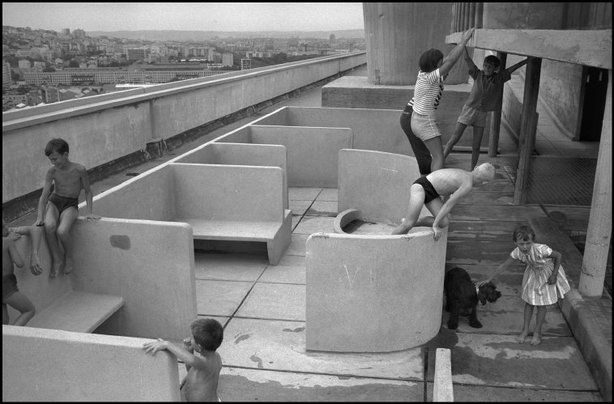 |
|
Children playing the rooftop of Corbusier’s Unite d’Habitation, 1956. Photo by Rene Burri
|
MORE ON ROOF GARDENS
 |
 |
 |
 |
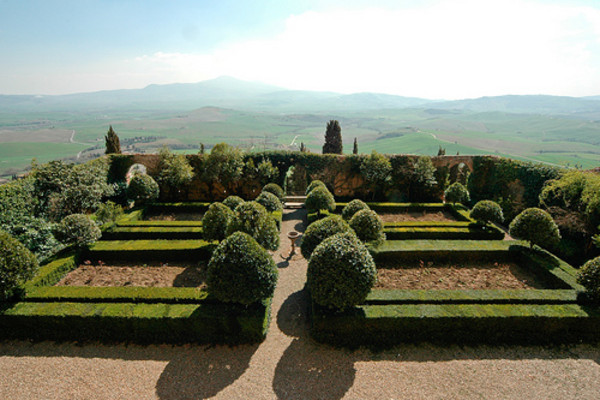
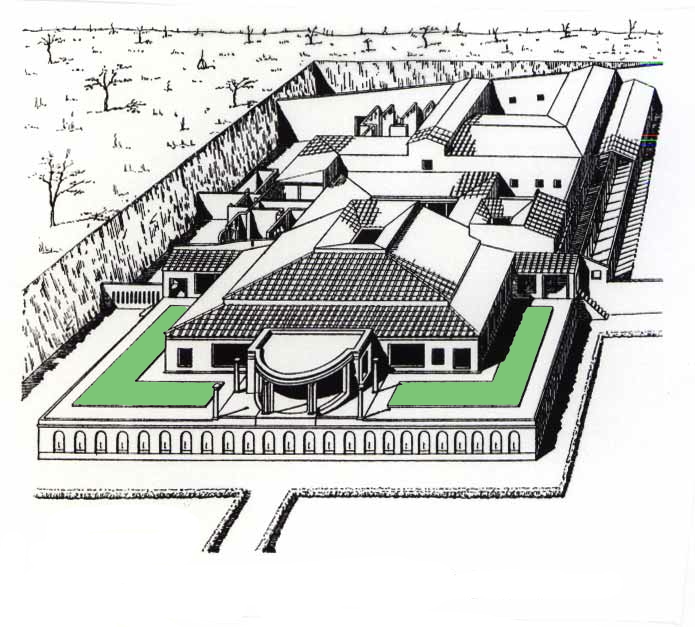
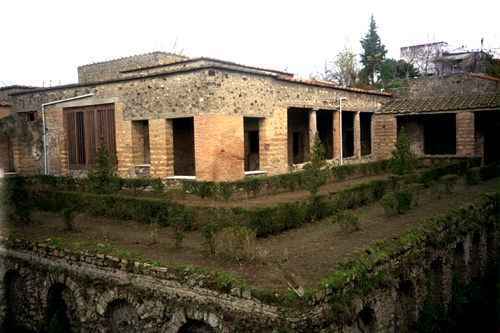


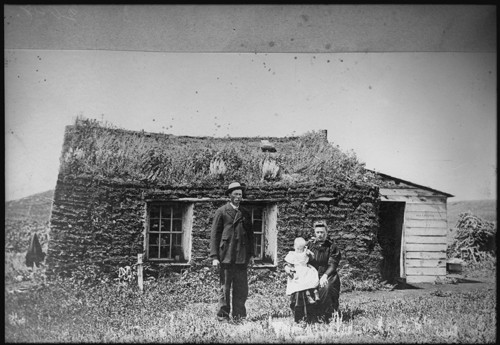

An impressive share, I just given this onto a colleague who was doing a little analysis on this. And he in fact bought me breakfast since I discovered it for him.. smile. So let me reword that: Thnx for the treat! But yeah Thnkx for spending the time to talk about this, I really feel strongly about it and really like reading additional on this subject. If probable, as you become expertise, would you mind updating your blog with more details? It can be highly useful for me. Large thumb up for this blog post!
Excellent blog you have here.. It’s difficult to find quality writing like yours these days. I truly appreciate people like you! Take care!!
loved this blog!
such a deep study of a wonderful topic!
We would love such topics to come up and encourage the people in enhancing and maintaining quality of air.
Love the website!! Doing a sustainable initiative topic on Rooftop Gardens in Australia. Can’t use this website due to the different countries, but the information is amazing! To have thought when i had to read the bible when i was younger, it had information about the ancient Babylonian king, Nebuchadnezzar (605-562 B.C.) and now, 19 yrs later I am studying about rooftop gardens in Australia and came across websites only to find the ancient king made one of the most prestigious of his day. This site is wonderful! love the pictures as well. Happy days! 😀
Thanks designed for sharing such a pleasant thought, paragraph is nice, thats why i have read it entirely